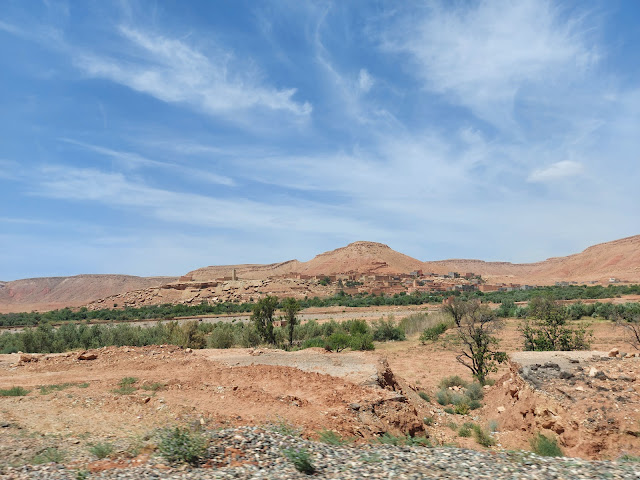 |
| Ouarzazate is the gateway to the Draa Valley from Marrakesh and located 30 minutes east of Ait Benhaddou. |
 |
| Many films and shows like Game of Thrones were shot here. |
 |
| There is a film museum across from the kasbah. The crummy tour we were on only allowed us 15 minutes in the city so we chose to look around the fortress. |
 |
| The journey from Ouarzazate to Timbuktu took around 52 days by camel. |











































































